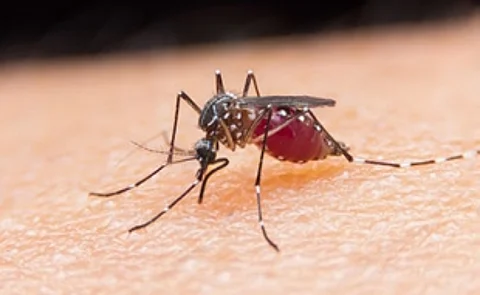

PANJIM: Goa is well on the road to eradication of malaria in the State which is expected by December this year while, it is awaiting the Centre’s certification to declare Goa a filariasis-free State.
National Vector Borne Disease Control Programme (NVBDCP) health officer Dr Kalpana Mahatme said that Goa, classified in Category 1 States, had earlier set December 2020 as a target to eliminate malaria but now is poised to eliminate the disease by December this year. During the last three years there have no deaths and malaria cases are also declining.
There were 377 malaria cases reported in 2018 while, it declined to 272 cases in 2019 and 102 cases in 2020. In 2021 (up to May), 31 cases have been reported.
Though screening of migrant workers working at the constructions sites is mandatory as per the Goa Public Health Act, Mahatme appealed to the people renting out houses to migrant workers to get themselves screened since migrant workers are mostly malaria carriers.
According to Mahatme, Candolim, Cortalim, Porvorim, Siolim, Panjim, Margao, Vasco and Chimbel are high risk areas in the State, even as cases in these areas are now declining. Mahatme said that people should take preventive measures like avoiding stagnation of water and those owning wells should release Guppy fish in them so as to combat mosquito breeding and spurt in cases of mosquito-borne diseases during monsoon.
In Goa, 25 primary health centres have hatcheries breeding Guppy fish.
As far dengue is concerned, it showed an upsurge in 2019 and two deaths were reported in Vasco in 2018 and 2019. There were 335 confirmed dengue cases in 2018 and it increased to 726 cases in 2019. While in 2020, the cases declined to 376 and up to May this year, 101 cases have been reported to the Directorate of Health Services. No deaths have been reported during the last two years.
Dengue cases were reported in Vasco, Marcaim, Candolim and Panjim areas. Unlike malaria, dengue cases are reported in clusters.
Giving details of chikungunya, Mahatme said that there was spurt in chikungunya cases in Canacona taluka in 2019. Nearly 300 cases were reported only in Canacona in 2019 compared to 77 cases reported across the State in 2018. Last year cases dropped to 15 and up to May 2021, two cases have been reported. No chikungunya deaths were reported in Goa, she said.
Mahatme added that there were no filarial cases in the State and Goa is now awaiting certification from the government to declare Goa filariasis-free State. The Health Department conducted transmission assessment survey in 2013, 2016 and 2019 and no locals were found suffering from filaria. Also from 2004 to 2011 a mass drug administration was carried out wherein tablets were given to the entire population of Goa in a bid to eliminate filaria.